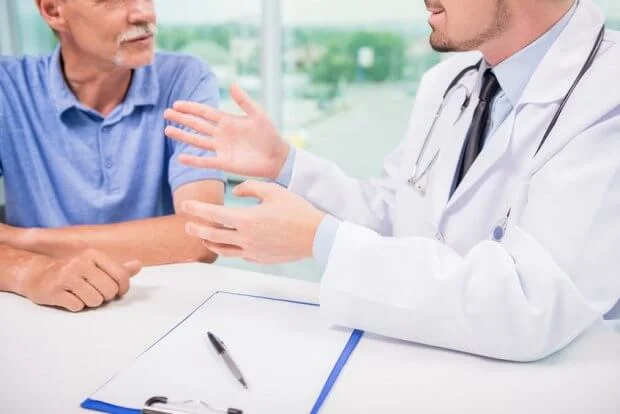Technology is a powerful tool that we have at our disposal to improve different aspects of our daily life, among it the safety of the health system. The European Union is not the only one that ensures the protection of patients’ rights; technology also helps in this sense. Let’s see how he does it.
Since April 18, 2007, the European Day of Patients’ Rights has been celebrated. The Active Citizenship Network was in charge of promoting this initiative and also wrote a European Charter of Patient Rights, based on the Charter of Fundamental Rights of the European Union. In this letter, the organization collected fourteen rights that patients should have, and are the following:
- To the prevention of the disease.
- To access the health services that each person needs, without discrimination based on resources, place of residence or illness.
- To information.
- To consent.
- A free choice.
- To privacy and confidentiality.
- Respect for patients’ time.
- To compliance with quality standards.
- To security.
- To innovation.
- To avoid unnecessary suffering and pain.
- To a personalized treatment.
- To claim.
- To receive compensation
- Greater protection thanks to the GDPR
The new General Data Protection Regulation (GDPR) focuses precisely on these aspects that defend the ACN, and its main objective is to strengthen the protection of its privacy and other rights related to the processing of its data. The changes introduced by the GDPR influence in the consent and its definition. As of May 25, the consent must be a “clear informative action”, which rules out “the silence, the boxes already marked or the inaction”. The new main features are summarized in that it has to be free, specific, granular and creditable. To meet these requirements, technology is a perfect ally that facilitates the work of those who have to collect the consent of patients everyday, something very common in the field of medical research and laboratories. Tools such as Viafirma make this process much easier, user-friendly and are legally binding. The application ensures the identification of the signer of the consent with his/her full name and other evidence equally valid such as photographs, biometric data, geolocation, etc., in addition to the inclusion of the time stamp (mandatory for online and written media) for subsequent verification if need it.
Technology at the service of the patient: eHealth
Technology not only helps to simplify the business process, but it is also integrated into the health system, what it is known as eHealth (electronic health). The definition of this concept is not clear or consensual, there are many different meanings, but in general it’s the advantage of using technology within the health system. The electronic medical record (EMR) is one of the clearest examples of practices that belong to eHealth and are already implemented almost entirely. The EMR concentrates in a single digital support file all the information regarding the patient and his/her care, which greatly simplifies the work of health professionals and helps to ensure compliance with the rights of patients. The eHealth is integrated into all parts of the health process, so the electronic prescription is also a reality. This is defined as the generation and transmission of medical prescriptions through an electronic process instead of the traditional use of paper and pen. The transition from paper to electronic format also occurs in this sector, which offers a series of benefits such as saving resources, reducing prescription errors and in the supply of drugs or reducing the deviation of them or duplication of recipes. eHealth goes further and wants to take advantage of the devices we use every day to help in the search of possible health problems and reach in a more efficient way a final diagnosis, this is mobile health, or mHealth. eHealth was born thanks to the functions of current smartphones and wearables such as bracelets or smartwatches. These devices allow a real-time monitoring of the vital signs of the patient and other features for a much more exhaustive control and a efficient diagnosis. In addition, eHealth is helping to bring healthcare infrastructures to developing countries that they would not have in any other way thanks to satellite communications. Telemedicine is extremely useful in places where transportation systems are not properly established and the caring of certain patients is key. The European Union has already demonstrated its concern to protect the rights of patients and protect their privacy through the new General Data Protection Regulation, which soon will enter into force for all member countries. This greater protection from the legal and judicial establishment is complemented with the use of technology which is focused on the patient. Its application has a positive effect on them. From the prevention and diagnosis of diseases, to the dispensing of prescriptions at all levels of the health system.
